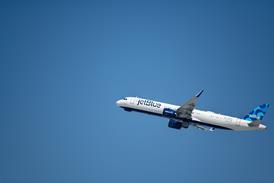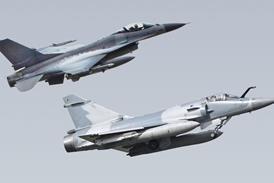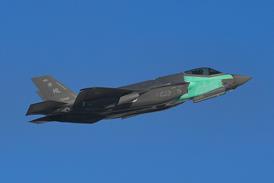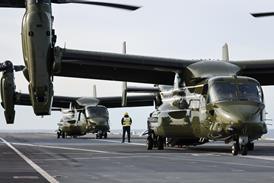The US Navy is exploring the feasibility of extending the Boeing F/A-18's 6,000h service life to as much as 10,000h to deliver continued combat duty in the light of potential delays to the Lockheed Martin F-35C Joint Strike Fighter.
"We will keep them structurally safe and sound through the next decade," says Rear Adm Mark Skinner, programme executive officer for the navy's tactical aircraft programmes, who adds that parallel improvements will also be made to the aircraft's systems and components.
Speaking at the Navy League conference in Washington DC, Skinner said the over-arching goal for the USN will be to have 44 strike aircraft allocated to each of its carrier air wings by 2030, with these to be composed of F-35Cs and F/A-18E/F Super Hornets.
The navy expects the JSF's carrier variant to achieve initial operating capability in 2015, although the Government Accountability Office in an 11 March audit reported that three independent defence officials "separately concluded that programme cost estimates are understated by as much as $38 billion and that the development schedule is likely to slip from 12 to 27 months".
Under current plans, the navy will receive its last F/A-18s in 2013, bringing to 1,000 the total number of Hornets owned by the navy, US Marine Corps and seven foreign services.
Skinner says keeping the Super Hornet production line operating past 2011 is "an option we will look at more closely" if the JSF is further delayed.
Source: FlightGlobal.com























